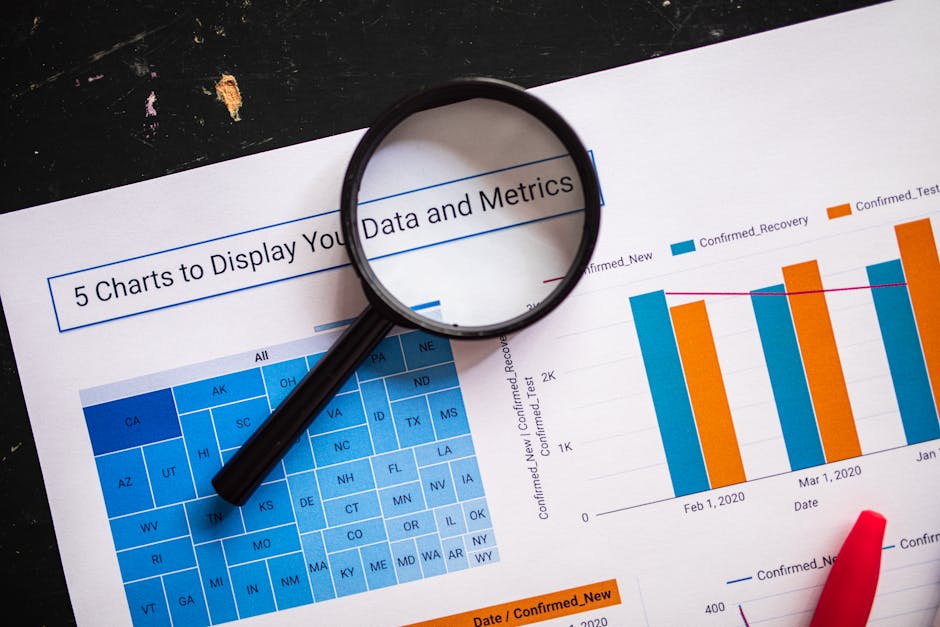How to Conduct an Effective Operational Audit
Operational audits are vital in evaluating an organization's efficiency, effectiveness, and compliance with established procedures. They go beyond financial records to assess the internal processes that drive a company's operations. Conducting an operational audit involves examining workflows, identifying inefficiencies, and offering recommendations for improvement.

It serves as a tool for uncovering areas of potential growth while ensuring adherence to company policies and regulatory requirements. For businesses aiming to optimize their performance and minimize risks, mastering the process of operational auditing is indispensable.
Understanding the Purpose of an Operational Audit
An operational audit examines and assesses the activities of an organization to verify that they are in harmony with its strategic goals. Unlike financial audits that emphasize fiscal accuracy, operational audits scrutinize the processes and systems that enable daily functions. This approach enables organizations to identify areas of inefficiency and reveal chances to simplify their operations.
The purpose of these audits can vary depending on organizational goals. A manufacturing company may conduct an operational audit to reduce production bottlenecks or improve supply chain management. On the other hand, a service-based business might aim to enhance customer experience through process improvements.
Operational audits also ensure compliance with internal policies and external regulations. Adhering to legal standards minimizes the risk of fines or reputational damage while fostering trust among stakeholders. Industries like healthcare or finance often face stringent regulatory requirements, making regular operational reviews essential.
An operational audit acts as both a diagnostic tool and a roadmap for achieving greater organizational efficiency and effectiveness.
Steps to Conducting an Operational Audit
Conducting an effective operational audit requires meticulous planning and execution. Here are the essential stages that make up the process:
- Define Objectives: Clearly outline the purpose of the audit. Are you looking to improve productivity, reduce costs, or ensure regulatory compliance? Defining your goals will shape the scope of the review.
- Assemble a Team: Choose auditors who possess expertise in the area being reviewed. This could include internal staff or external consultants with specialized knowledge.
- Collect Data: Gather relevant documents, such as policy manuals, workflow charts, and performance reports. Interview employees to understand how processes operate on a day-to-day basis.
- Analyze Processes: Assess workflows against industry benchmarks or best practices. Identify bottlenecks, redundancies, or lapses in compliance.
- Develop Recommendations:Drawing from the insights gathered, suggest practical measures for enhancement. Ensure that these recommendations are realistic and achievable within the organization’s resources.
Thoroughly recording each stage promotes clarity in results and aids management in making well-informed decisions.
The Role of Technology in Operational Audits
Advancements in technology have significantly enhanced the efficiency of operational audits. Data analysis programs empower auditors to efficiently handle substantial amounts of information with both speed and precision. Using software platforms such as Tableau or Power BI can simplify data visualization, making it easier to spot trends and anomalies within processes.
Automation technologies greatly improve productivity by streamlining everyday tasks. Workflow automation software like Zapier or Microsoft Power Automate can eliminate manual errors and save valuable time during the audit process. Technologies like blockchain are being explored for their potential in maintaining transparent records that cannot be tampered with.
A recent study by Deloitte highlighted that predictive analytics empowers organizations to anticipate possible issues before they escalate into larger problems.Deloitte). Leveraging such tools not only improves the quality of insights but also ensures audits are conducted more efficiently.
It’s important to remember that while technology offers immense benefits, it should complement human expertise rather than replace it. A skilled auditor’s judgment remains irreplaceable when interpreting nuanced findings or understanding unique organizational contexts.
Challenges and Best Practices
While operational audits offer significant benefits, they come with their own set of challenges. Resistance from employees is one common hurdle; individuals may perceive audits as threatening or punitive rather than constructive. To mitigate this issue, it is essential to communicate clearly about the purpose of the audit and how it aims to benefit both employees and the organization as a whole.
An additional challenge is maintaining objectivity throughout the process. Biases (whether intentional or subconscious) can influence findings and recommendations. Engaging external auditors or rotating internal teams can help maintain impartiality.
| Challenge | Best Practice |
|---|---|
| Lack of Clear Objectives | Set specific goals before initiating the audit. |
| Poor Data Quality | Ensure accurate data collection through reliable sources. |
| Employee Resistance | Create transparency about audit intentions and involve staff in discussions. |
| Bias in Findings | Utilize external auditors or diverse teams for unbiased evaluations. |
A final best practice involves continuous follow-up after implementing recommendations. Regularly revisiting past audits can help measure progress while identifying new areas for improvement.
The importance of documentation cannot be overstated either; well-documented audits serve as valuable references for future reviews and decision-making processes.
Reflections on Conducting Meaningful Operational Audits
An effective operational audit provides organizations with actionable insights into their processes, allowing them to achieve higher levels of efficiency and effectiveness. Aligning operations with strategic goals while tackling inefficiencies directly allows organizations to secure a lasting advantage in competitive markets.
This subject goes well beyond simple adherence to regulations; it explores how to maximize capabilities within current practices while also gearing up for upcoming obstacles. Readers should consider exploring this field further through academic resources or engaging with professional bodies specializing in auditing techniques. This approach allows them to acquire a more profound understanding of how these practices influence the development of organizations across different industries around the globe.